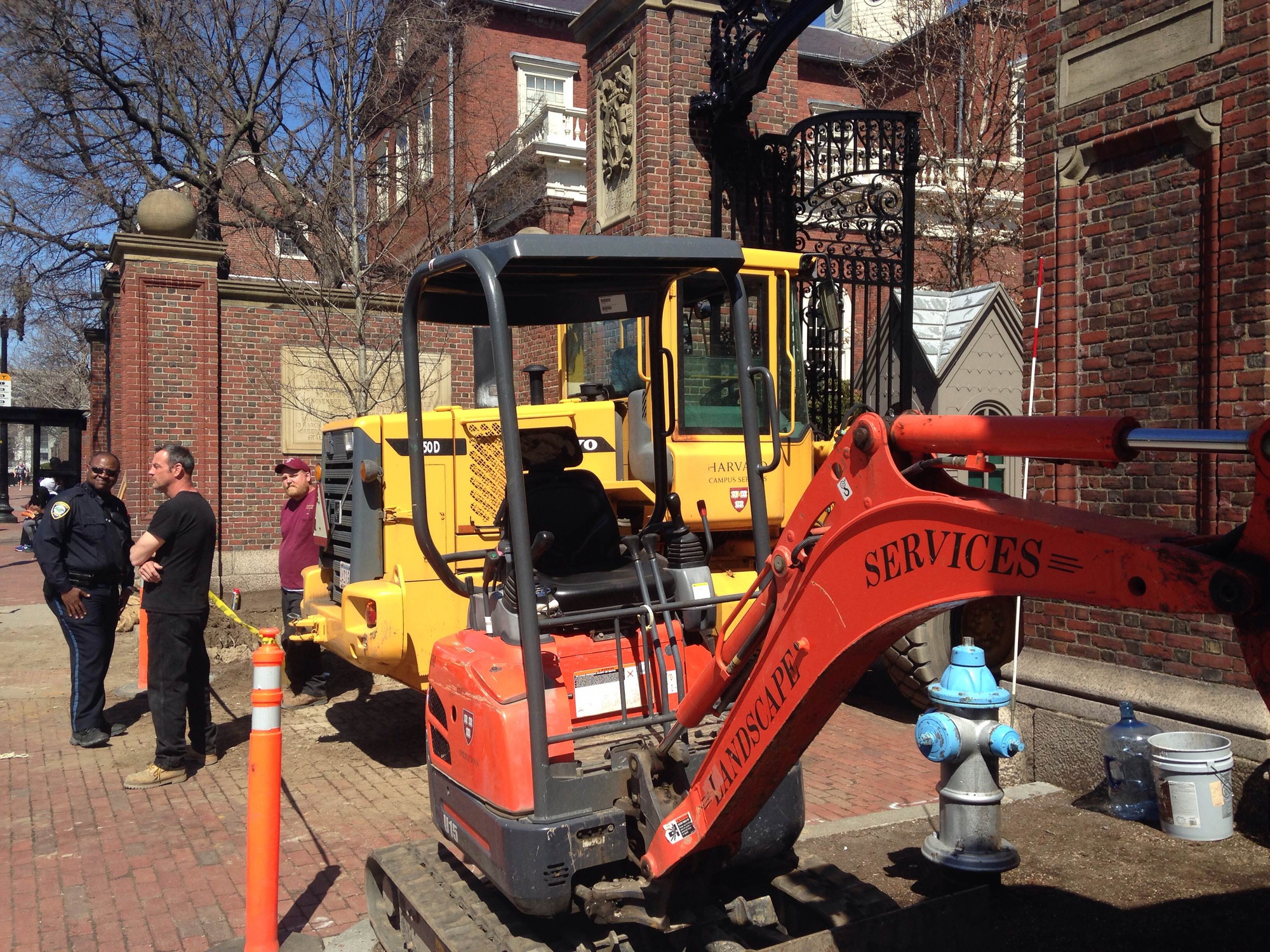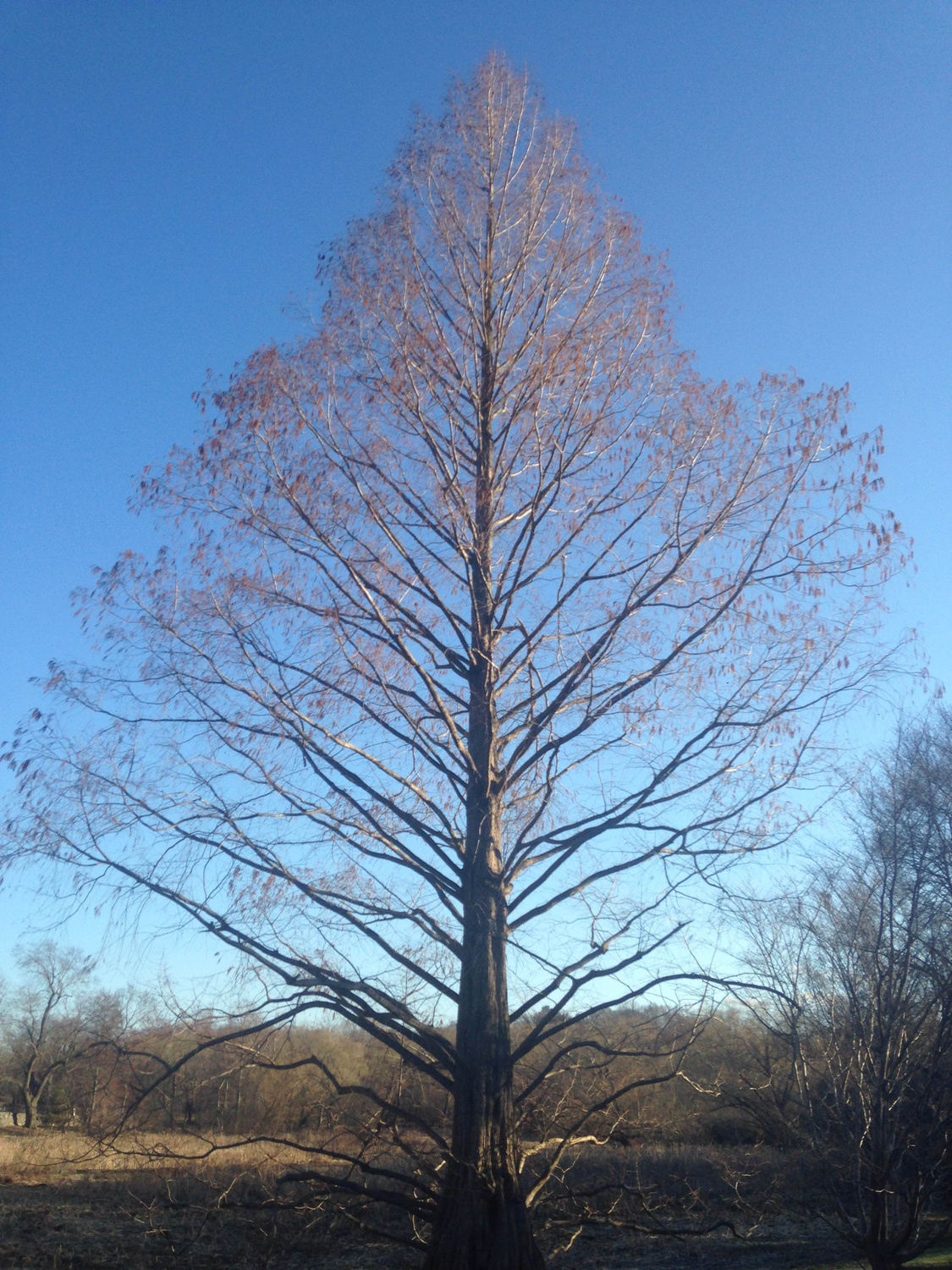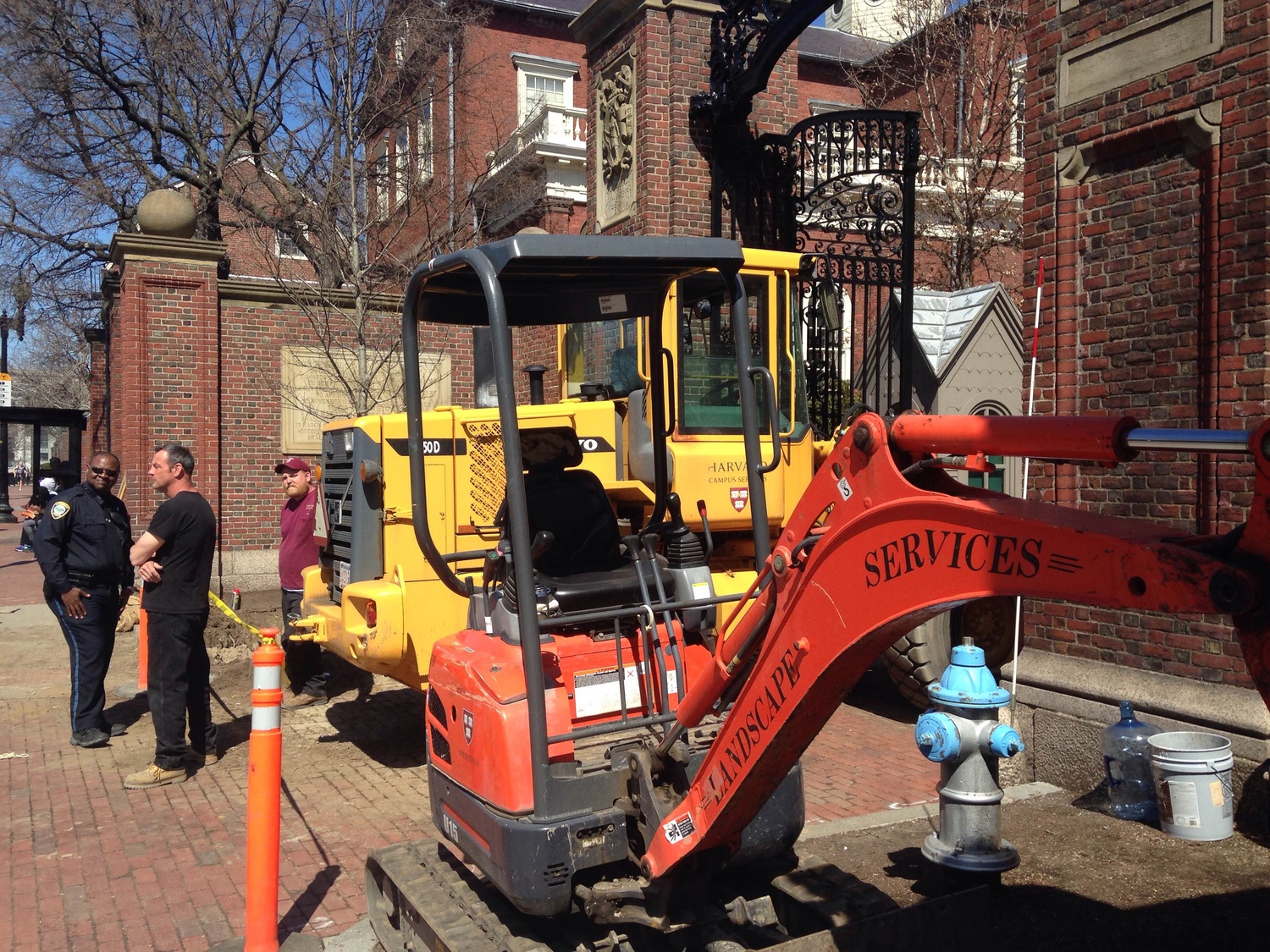
News
Cambridge Residents Slam Council Proposal to Delay Bike Lane Construction

News
‘Gender-Affirming Slay Fest’: Harvard College QSA Hosts Annual Queer Prom

News
‘Not Being Nerds’: Harvard Students Dance to Tinashe at Yardfest

News
Wrongful Death Trial Against CAMHS Employee Over 2015 Student Suicide To Begin Tuesday

News
Cornel West, Harvard Affiliates Call for University to Divest from ‘Israeli Apartheid’ at Rally
Rebuilding the Past: Harvard's Beautification Renaissance


“Harvard hasn’t always been interested in preservation.” Midday shadows darken the Franklin Delano Roosevelt suite in the Westmorly Court building of Adams House. I am sitting with Michael D. Weishan ’86, an acclaimed landscape architect and designer who oversaw the $300,000 restoration of Roosevelt’s rooms. Everything, with the exception of my iPhone on the table, is as it was in 1904, when Roosevelt graduated from Harvard. Weishan and his team have painstakingly recreated the original opulence of the room, and the result is staggering. The setup isn’t larger than that of other rooms in Westmorly, but the level of artistic care and detail, from the meticulously carved linen-fold wooden doors to the sleek Morris chairs, seems impossibly antiquated to my contemporary and begrudgingly utilitarian architectural eye.
After I take in the surroundings, Weishan asks me about my angle for the story. I stumble through something about gardens at Harvard and then improvise about the increasing significance of landscape preservation here. He perks up at this last point. “It sounds like that’s where the story is,” he says excitedly. He’s right. Over the next hour we explore the spotty history of Harvard’s relationship with preservation. I leave convinced that there’s a phenomenon afoot far larger than the recreation of a president’s college rooms: Harvard is experiencing a landscaping renaissance. New ideologies about aesthetics and homage and an unprecedented appreciation of the past have emerged in tandem with modern technological methods to effectively recreate the grandiosity of the University’s historic look.
THE JOURNEY TOWARDS PRESERVATION
Weishan is extremely prolific. In addition to his work on Adams, he has hosted “Victory Gardens,” a weekly gardening show on PBS, and heads his own landscape and design firm. To top it off, he boasts a seemingly encyclopedic knowledge of the architectural and landscaping history of Harvard and can jump cogently and instantaneously between centuries, Yards, and trends. It is clear that he not only is informed about Harvard’s relationship with preservation but also cares immensely about its significance and the difficulties attendant on it.
"The University actually thought, until fairly recently, that new was also better," Weishan says. "We would routinely bulldoze buildings and put new ones up—Holyoke Center is a perfect example of that. These were buildings that were considered revolutionary at the time, but now are by and large considered dysfunctional."
Weishan primarily uses buildings to point to the morphing focus towards preservation, but he insists that the trajectory of landscape preservation evolved in tandem. According to Weishan, the initial construction of these buildings was followed by “a period of sentimentality for colonial styles in the early 1900s,” and then “a period of modernism where everything old was suspect.” Now, we are in the midst of “a period of appreciation, and some would say reverence, for these historic buildings.”
Weishan is openly critical of the mid-century modernist period. During that time, the prevalence of the brutalist architectural style (think Mather House) contributed to the replacement of various classical landmarks by concrete behemoths and asphalt pathways. “The University actually thought, until fairly recently, that new was also better,” Weishan says. “We would routinely bulldoze buildings and put new ones up—Holyoke Center is a perfect example of that. These were buildings that were considered revolutionary at the time, but now are by and large considered dysfunctional.”
Yet the point of Weishan’s reflections is not solely to show that Harvard has turned a corner or that the present preservationist movement is more novel than it might appear. It also points to the fickle and unpredictable nature of artistic and architectural appreciation. “All this criticism I’ve been giving to the Holyoke Center and William James Hall…. Who knows? In 50 years they may be considered revolutionary,” he says. “I highly doubt it, though.” He becomes more serious and notes that there was a time in the mid-1950s when President Nathan Marsh Pusey publically criticized Memorial Hall and anything with tinges of gaudy Victorian influence.
The imagined objectivity of the present makes the art of preservation all the more challenging. What if we save the wrong things? What if our re-landscaping is just tacky nostalgia? While these questions are impossible to answer in the present, the preservationist movement, particularly in the landscaping world, is somehow finding a tight-rope thin balance in its approach.
THE ARNOLD ARBORETUM
A brief walk from Forest Hills, the final stop on the Orange Line, finds me in an entirely unfamiliar clime: Jamaica Plain. The neighborhood is a bizarre zoning amalgam—smokestacks intermingle with freshly-painted Arts and Crafts homes and ugly 1960s high-rise apartment buildings. One of the first suburbs spurred on by the advent of public transportation in the country, Jamaica Plain was a vibrant immigrant community throughout the first half of the 20th century. However, the plight of redlining, or economically and racially motivated mortgage and insurance restrictions brought a period of economic decline, which gentrification has reversed over the last 20 years. Nestled in the center of the neighborhood is the Arnold Arboretum. Owned and operated by Harvard and partially maintained by the City of Boston, the 281-acre arboretum has been a cultural touchstone in the constantly shifting neighborhood for over 140 years.

I meet Jon Hetman, the communications and stewardship officer at the Arboretum, at his office in the red-brick Victorian Hunnewell Visitor Center. Hetman has held the post for 14 years and, like Weishan, appears to be an informational master of his domain. He tosses out dates and plant species with appealing panache. He tells me that the Arboretum, originally bequeathed to Harvard in the early 1870s, is a link in the famed Emerald Necklace, an interconnected series of Boston green spaces designed by landscape architect and co-designer of Central Park Frederick Law Olmsted. Hetman applauds how vigilant the Arboretum staff has been in maintaining Olmsted and inaugural director Charles Sprague Sargent’s initial vision for the space: “We’ve always taken it as a point of pride that we are one of the best-preserved of Olmsted’s landscapes,” Hetman says. He describes Olmsted and Sargent’s decision to organize the plants by their chronological place on the evolutionary timeline. The two men, still less than 20 years removed from “On the Origin of Species,” wanted to have people walk through the Arborway Gate and get a view of how plants developed using the Arboretum’s own collection.
The Arboretum was faced with a difficult choice when modern horticulture began to disprove Olmsted and Sargent’s understanding of the progression of plant evolution. “The conifers, which are very far into the Arboretum and which I guess they thought were of the more advanced order, are actually the more ancient plants,” Hetman explains. As a result of these discoveries, the Arboretum staff was faced with the question of whether to alter Olmsted’s evolutionarily incorrect aesthetic. “Once you set this landscape up, though, it isn’t easy to move things around. We’ve stuck to that original plan.” Their valuing of Olmsted’s aesthetic and the logistical grace of his set-up over his theory has, in Hetman’s eyes, been integral to the continued beauty and flow of the space.
The staff of the Arboretum has also worked to honor Olmsted’s vision of the space as an educational and cutting-edge locale. The Arboretum utilizes the most advanced watering and soil enhancement techniques, visibly tags and tracks 15,000 plants, and recently released an iPhone app that allows visitors to do their own research.
“Visitors and our staff once just had to make their best guess about plotting where plants were,” Hetman says. “All of our plants are now ‘globally located.’ On our web app, you can now track every plant that we have here instantly. This is where things are going…. It’s improving how we do our jobs and allows visitors to find our plants.” Geese waddle alongside the Arboretum’s ponds as I download the web app and find my way to a few of the highlighted plants of the month. By using modern science to honor his vision of the garden as a place for education and engagement with the specimens, the Arnold Arboretum has found a way to preserve its scientific viability without undermining Olmsted’s original aesthetic.
THE SPOILS OF THE SOIL
The theme of technology-as-preservation continues to come up in my interviews and encounters with landscape restoration. I stand outside of Johnston Gate and watch as two property maintenance workers from Harvard Campus Services organize the shovels, spades, and levelers that rest against the brick wall next to the gate. I’m meeting Eric T. Fleisher, an environmental consultant who developed Harvard’s organic soil system. Before long, Fleisher drives up in a red Campus Services pick-up, white bags of soil bouncing in the bed of the truck. Dressed in a beige blazer, Fleisher’s style couldn’t be more different from that of his team. Yet he is down in the soil with them, mixing in his product while the group works on steadying the baby oak they have just dropped into place. Fleisher emerges from the pit as one of the workers breaks open the bags of soil, fires up a parked backhoe loader, and begins moving the soil from the truck and into the pit.

While a Loeb Fellow at the Graduate School of Design in 2007, Fleisher tested out his creation of a new a sustainable kind of soil that creates its own nitrogen in a one-acre parcel nearby Holden Chapel. The experiment was a success—landscapes all over campus soon adopted Fleisher’s soil. When new restorations happen, he watches over their implementation into the plots. “I’m up here one or two days a month and work on microbiology in terms of the soil’s health,” he says. “When we do a restoration, it’s important that we get the right soil in.” Fleisher is especially thrilled that the soil is entirely non-toxic and opens up the Yard and other green spaces on campus without any chemical concerns to students and visitors. “There’s less need for water or fertilizer…. We’re creating a closed-loop, high quality compost that goes into building these soils and spaces.” Thus, restoration can be progressive, as opposed to merely responsive. By injecting safe and sustainable practices into aesthetic reimagining, designers and scientists can both make a positive difference on their environments.
HELP FROM CHICAGO
The Johnston Gate restoration, like the arboretum’s scientific development, has theory at its core. Blair Kamin, the Pulitzer Prize-winning architecture critic for The Chicago Tribune, talks to me on the phone from his office early in the morning. A

fixture at the Tribune since 1992, he led a Wintersession course as a Nieman Fellow last year on the 26 gates of Harvard Yard. Kamin was so interested in the gates that he edited and co-authored a collaborative book with his students and another teacher on their architectural history. Kamin’s presented his exploration during a talk at the Harvard Club of Chicago and sparked an unexpected $5,000 donation to fix Johnston Gate, which is named after native Chicagoan real estate entrepreneur Samuel Johnston, Class of 1855. “We looked at the gates, we looked at the design aesthetically, and we looked at the landscapes surrounding them, some of which are in less than ideal shape,” Kamin says. Johnston Gate was one of those that had fallen into a state of disrepair. The two trees that graced the entry until last week have been uprooted and replaced with new red oaks. Liriope, a purplish plant, will grace Fleisher’s soil closer to the ground. Kamin, audibly excited about the tree replacement and panel restoration, explains why the new replacement trees are fitting, given the initial intent of Johnston Gate. “The Gate is an entrance to the Yard, but it is also an extension of the Yard,”
“It doesn’t just create a border between the street and Harvard, but those little panels of greenery were meant to extend the Yard outward to the edge of the city, where town and gown meet.” Before the restoration, the trees by the gate were not displayed in a way that did justice to original intent of the landscape. “The hackberry trees were in these awful-looking dirt patches,” explains Kamin. “There was no sense of the Yard extending past the Gate.”
With Kamin and Fleisher providing both theory and scientific savoir faire, the Johnston Gate restoration appears poised to beautify and repurpose the panels so they reflect their former glory.
VAN WITH A PLAN
Another giant in the re-landscaping game has also been instrumental in the restoration of Harvard Yard. “Michael has worked really hard to preserve the trees, the layout, and the abilities of the people to use the Yard. It takes a lot of abuse…. It requires a huge amount of upkeep,” says Weishan. Weishan is not speaking in the third-person—he is referring to landscape architect Michael Van Valkenburgh. Every interviewee mentions Van Valkenburgh in some way, particularly because he designed the new Johnston Gate panels pro bono as part of his ongoing repair and restoration of Harvard Yard. Picked in 1993 to helm the re-landscaping effort of the Yard, Van Valkenburgh managed to recapture a fading grandiosity while bringing a grove of new trees into the landscape.
Despite the potential for dysfunctionality, the restorations or careful maintenance of past structures at Johnston Gate, the Arnold Arboretum, and the larger Harvard Yard eschew the kind of preciousness that would likely lead to Harvard becoming a museum––the new landscapes honor the past but aren't stuck in it.
Laura Solano, a principal architect at Michael Van Valkenburgh Associates who has observed the transformation of the Yard under Van Valkenburgh, distilled the firm’s views on re-landscaping in a way that concisely captured the interplay between modern technology and restoration efforts that honor the past. “One of the most critical beginnings was removing all of the shrubs that had been planted around the Yard,” she says. “They brought a sense of residential scale, which didn’t have a place there. It was more about ornamentation than the intended pure, simple New England aesthetic that the Yard has always been.” Solano makes clear the larger concept behind the Van Valkenburgh approach: “We always try to keep the spirit and understand the thinking, but we are working in our time, so we use those tools.”
SO FAR SO GOOD
In spite of his enthusiasm for preservation and restoration, Weishan is cautious when discussing the work being done on Harvard’s old buildings and landscapes. “Sometimes it’s [building and landscape restoration] to the point of making them obsolete,” he says. “They are loved literally to death because they can’t be changed.” Despite the potential for dysfunctionality, the restorations or careful maintenance of past structures at Johnston Gate, the Arnold Arboretum, and the larger Harvard Yard eschew the kind of preciousness that would likely lead to Harvard becoming a museum––the new landscapes honor the past but aren’t stuck in it.
As the House System renovations continue and more designers and academics get on board the preservation train, it is likely that debate surrounding preservation and restoration will intensify. But it appears that as long as those helming the restoration projects, like the landscapers I met, balance their love of innovation with a historical knowledge, they will succeed in honoring the visions of past designers while creating a campus for the future.
—Staff writer David J. Kurlander can be reached at david.kurlander@thecrimson.com.
Want to keep up with breaking news? Subscribe to our email newsletter.
